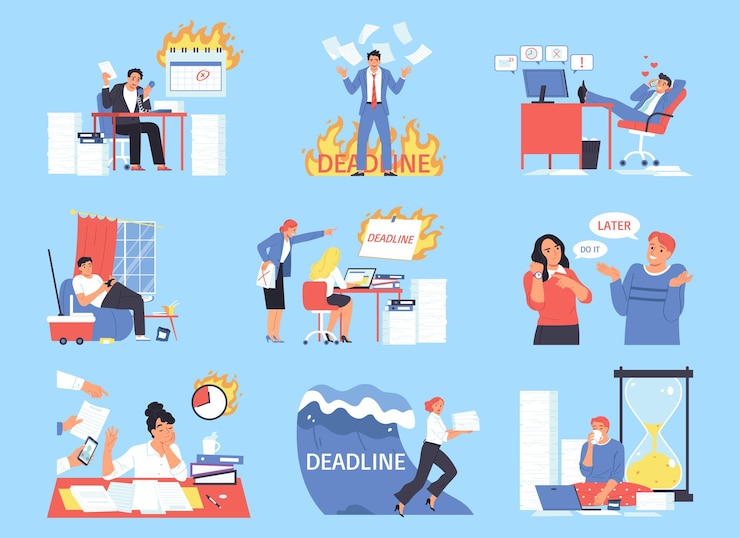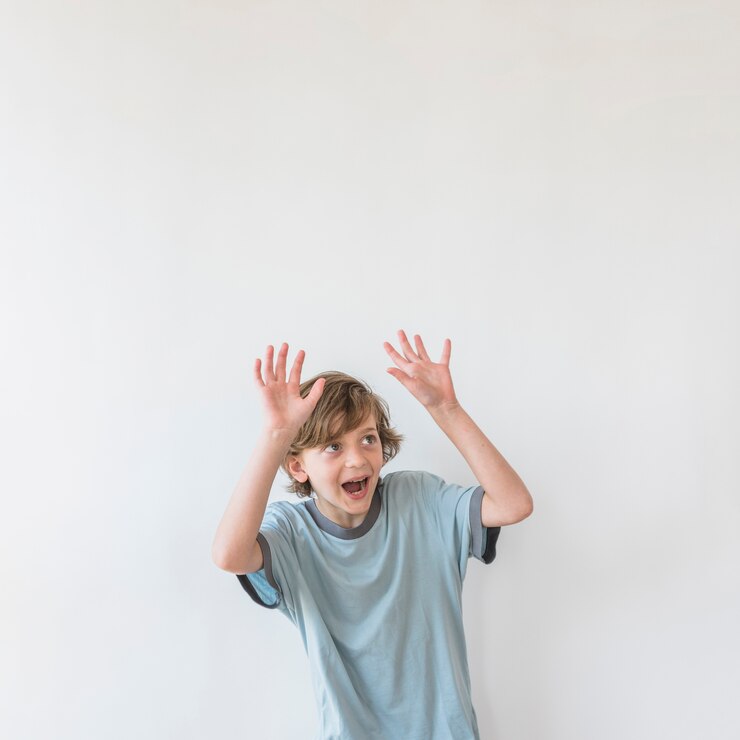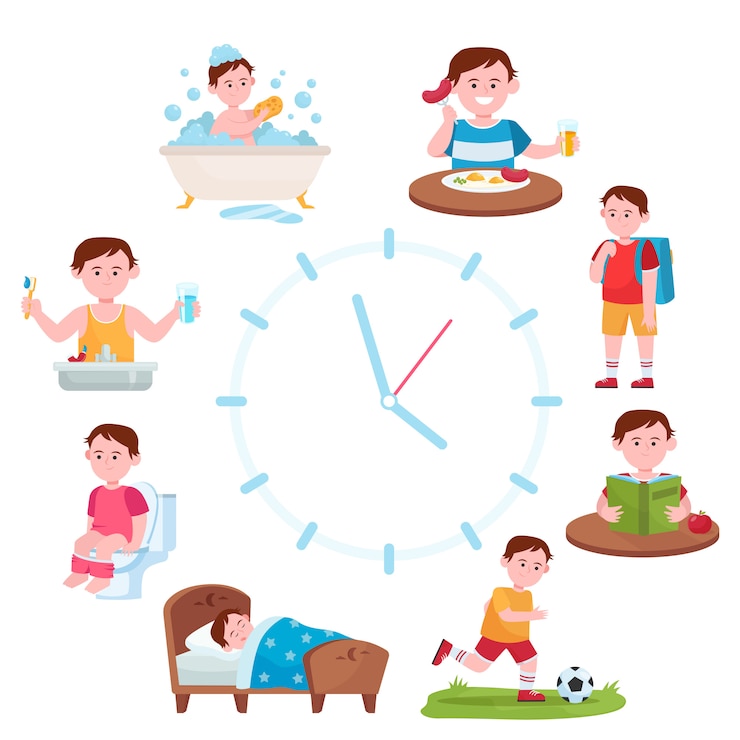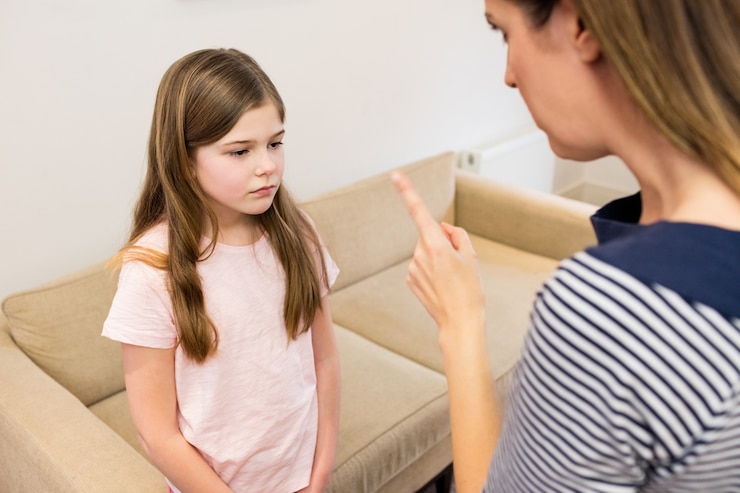
As a child therapist, I’ve put together seven simple anger management activities for kids that require no prior preparation. These activities are designed to help children develop healthy coping skills.
**Table of Contents**
Uncontrolled anger can disrupt not just a day but can affect months or even a lifetime. Helping our children build a strong emotional foundation means teaching them to understand and manage their emotions better. For most parents, addressing their child’s anger is a top priority.
Many of us didn’t learn effective ways to handle anger as children and may have even received confusing messages about it. So, it’s no wonder that many parents feel unsure about how to approach anger management with their children.
As a clinical child therapist, I aim to simplify this process by sharing my most effective anger management activities for kids!
*This post includes affiliate links for your convenience. If you make a purchase, I’ll earn a small commission to support the site’s mission. Thank you!*
But before we dive in:
The first thing I discuss with the parents of my young clients is that raising an emotionally intelligent child is a journey, not a destination. It’s normal to see strides in your child’s emotional management one moment, only to see setbacks the next.
Child development naturally includes ups and downs in self-regulation. The first step in helping an angry child is for parents to recognize that anger is a healthy and normal emotion. Your child will need your assistance to understand and manage it.
When we make space for our child’s anger, we can remain calm and confident in the face of their big emotions and communicate an important message: It’s possible to take control of anger rather than let it control you.
By embracing anger and working with it instead of resisting it, we can guide our children towards managing it in healthy ways. Once this foundation is set, we can help kids explore anger more concretely. Here are the seven anger management activities I frequently use with kids.
Understanding anger involves recognizing its physical nature. As adults, we know how anger affects us physically. With kids, I talk about the body’s ‘anger signals.’ When a child tunes into these signals, it’s a powerful cue to change direction.
Start by having your child draw a picture of a body, then color in where they feel anger, what it looks like, or how it comes out. Kids often describe anger as something that bursts from their hands or shouts from their mouths. It’s fascinating to see how they visualize their anger.
Our anger is part of us, but it doesn’t have to control us. Anger can be intense and unsettling for kids. A helpful technique is to externalize the anger. Naming and drawing a depiction of their anger empowers children to separate themselves from their anger issues.
As one of the founders of narrative therapy, Michael White, said, “The person is not the problem, the problem is the problem.” Children may struggle in school or at home when they feel like they are the problem. Instead, try saying, “It seems like anger has been causing you a lot of stress lately. Let’s give your anger a name and draw what you think it might look like.”
When children see their problem as something outside themselves, they can better analyze and solve it.
When anger manifests physically, having a safe and soothing spot to cool down can prevent aggressive behavior. Discuss creating a ‘calm corner’ with your child when they’re calm, not in the midst of anger.
Pick a cozy spot in your home, perhaps a corner of the living room with pillows, blankets, and calming tools like a giant floor pillow mat, textured pillows for sensory input, and emotions flashcards.
Anger is complicated, and the more your child can understand how it works, the better they’ll handle it. Often, anger masks deeper feelings like shame or embarrassment. The anger iceberg metaphor is a great visual to help kids build self-awareness.
Encourage them to reflect on their emotions and stressors not immediately visible. Writing these down under the ‘iceberg’ helps them identify and work through underlying feelings.
Help your child pinpoint what triggers their anger. Together, you can create a list to identify probable triggers. As they build greater self-awareness, they’ll be better prepared to handle frustrating situations.
One simple method to illustrate the power of breathing is comparing it to a remote control for the mind. When a child feels angry, their sympathetic nervous system kicks in, causing rapid breathing. Deep breaths stimulate the vagus nerve, activating the parasympathetic system to calm them down. Teach your child three go-to breathing techniques to choose from.
Lastly, an anger scale activity helps kids recognize that anger can vary in intensity. Using a simple graph or an ‘anger thermometer,’ your child can pinpoint triggers and describe how anger changes their expressions.
Supporting your child’s emotional regulation skills is invaluable for their future happiness and success. These activities are practical tools requiring minimal time and materials. Which of these tools have you tried with your children?
Looking for easy-to-use tools to help your child handle emotions positively? Check out my ‘Calm Kids Set’ to give your child lifelong skills.
Join 30,000 other parents in receiving the Parents with Confidence weekly email and get a free 5-day parenting course. Learn how to:
– Protect your child’s self-esteem
– Gain your child’s cooperation
– Empower your child with valuable future skills
– Discipline without emotional harm
We respect your privacy. Unsubscribe at any time.
About Angela Pruess, LMFT
Welcome! I’m Angela, a Licensed Children’s Mental Health Professional, Positive Parenting coach, and mom to spirited kids who teach me something new every day. I believe every child deserves to live their best life, with emotional health being key to lifelong success and happiness. Read more about me and the Parents with Confidence manifesto.



